
Whenever a new technology comes along, it is a good idea to get the business community involved. It helps to speed adoption, and it means that more effort goes into refining the technology.
The difference between remote-controlled cars and computers is a case in point.
Remote vehicles have barely changed over the last twenty years. We saw a switch from Ni-Cad to Li-ion batteries, but that was mainly the product of the smartphone revolution. Most businesses have no use whatsoever for these toys, so they stagnated. There’s very little difference between an RC vehicle you buy today and one from the year 2000.
Now compare that to the PC – something that the business community did use. The difference is remarkable. A 2020 notebook is a world away from its twenty-year-old predecessors.
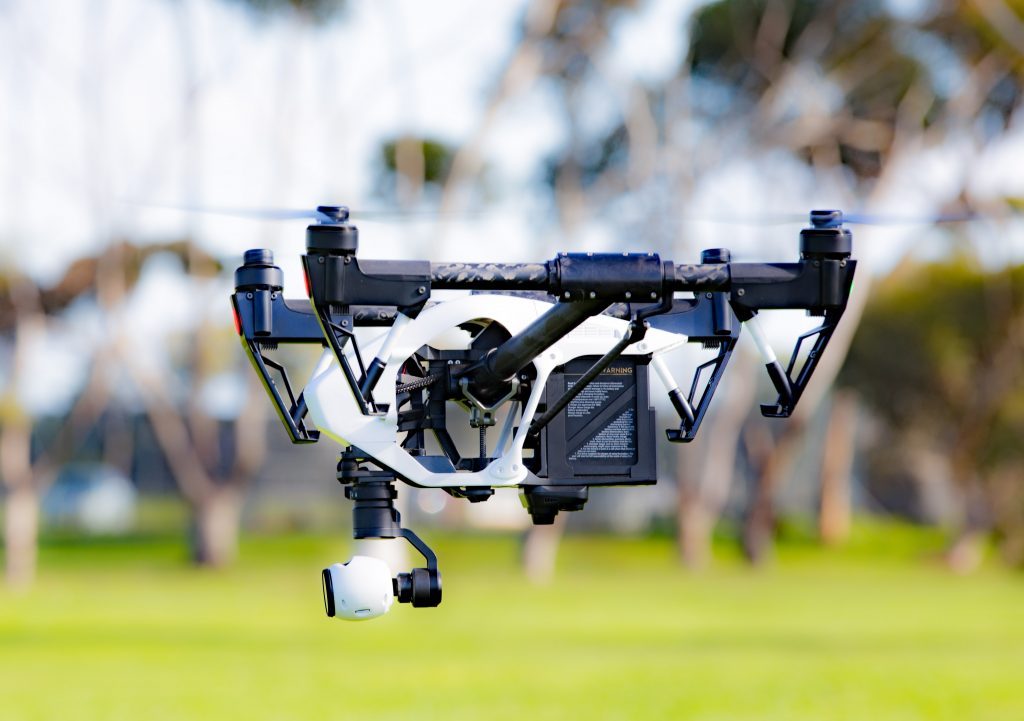
Drone enthusiasts, therefore, should be thrilled with the way things are developing. These flying cameras aren’t just toys for people who want to spy on their neighbors. They’re something with genuine commercial uses – and that fact is going to drive the tech forwards.
Every year, many of the largest drone makers in the world get together in cities like Shanghai to talk about the latest tech innovations. Companies are desperately looking for ways to improve their systems and deliver better products across the board.
What’s interesting, though, is that it isn’t consumers who are driving this. It’s business. The commercial drone market is small right now, but many commentators believe it will come to dominate.
The reasons for this are quite easy to understand.
First, drones tie into the modern internet shopping age almost perfectly. Firms want drones that can provide services, like product delivery, to eliminate the current problems with the “last mile.” Ultimately, the idea is to store a large quantity of inventory locally and then ship it out to customers via drone minutes after they order it. Thus, we could be going into a world in which you click the product you want online, and then a drone brings it to you just a few minutes later. It makes next-day delivery seem slow!
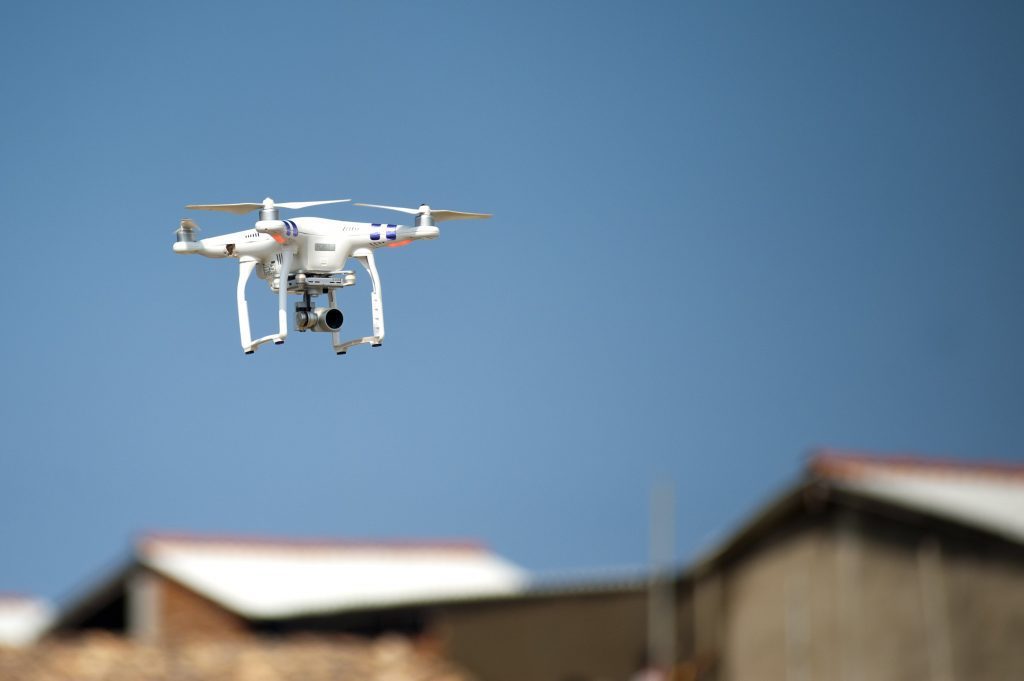
Second, there’s massive potential for drones in the transportation sector. Drones might be small right now, but there’s nothing in principle that prevents you from scaling them up to transport passengers. Materials are becoming lighter and batteries more energy-dense, meaning that they could take to the skies soon.
The revenue potential for companies like Uber and Lyft is enormous. No wonder they’re so excited by the prospect.
Third, we see drones increasingly on business sites – anything that bodes well for people who want to see their consumer varieties improve.
These innovations will compound. The learnings that happen in the business sector will flow slowly but surely into the consumer sector, and everyone will win. Remember, the bigger the total addressable market, the better.
So what new drone technologies can we look forward to in the coming years because of the involvement of business?
Before we tell you, We have a quick case study to share with you:

Company: Amazon
Product: Amazon Prime Air
Industry: Retail
How drones are being used: Amazon Prime Air is a drone delivery service that uses unmanned aerial vehicles (UAVs) to deliver packages to customers’ homes. The service is currently in beta testing in a limited number of cities, but Amazon has plans to expand it to more cities in the future.
How drones are increasing sales: Amazon Prime Air is still in its early stages, but it has already shown potential for increasing sales. In a recent test, Amazon delivered 100 packages using drones in just under an hour. This means that drones can deliver packages much faster than traditional methods, which could lead to increased customer satisfaction and repeat business.
How drones are appealing to customers: Drones are appealing to customers for a number of reasons. First, they are seen as a more efficient and environmentally friendly way to deliver packages. Second, they offer a unique and exciting experience for customers. Third, they can provide customers with peace of mind knowing that their packages are being delivered quickly and safely.
Insights: The use of drones by businesses is still in its early stages, but it has the potential to revolutionize the way we shop and receive deliveries. Drones can offer businesses a number of advantages, including increased speed, efficiency, and customer satisfaction. As drone technology continues to develop, we can expect to see even more businesses adopting drones as a way to increase sales and appeal to customers.
Other examples of how retail businesses are using drones:
- UPS: UPS is using drones to deliver packages in rural areas and to disaster zones.
- Walmart: Walmart is using drones to inspect its inventory and to deliver groceries to customers’ homes.
- DHL: DHL is using drones to deliver medical supplies in Africa.
- Telefónica: Telefónica is using drones to provide internet access to rural areas in Spain.
- Matternet: Matternet is a company that provides drone delivery services to hospitals and other businesses.
These are just a few examples of how businesses are using drones to increase sales and appeal to customers. As drone technology continues to develop, we can expect to see even more businesses adopting drones as a way to reach new markets and improve their operations. Here are just some of the ways they might be adapted into modern industry:
Cloud Operation
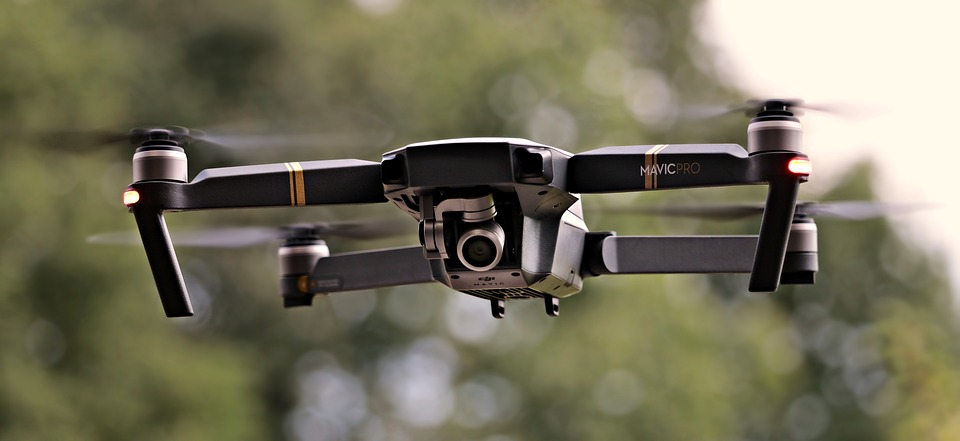
Right now, you have to operate your drone via a regular remote control. But as the business community starts to ramp up its use of these devices, that will probably change. Companies won’t want people standing around in fields, operating their systems. They’ll want to do it from offices via the cloud.
How this will work in practice is anyone’s guess. Some believe that 5G will provide the answer by allowing low-latency communication with drones as they fly around cities. Others think that internet satellite systems will provide the solution. Right now, we don’t really know.
What you can be sure of, though, is that the business community is keeping a close eye on developments. And they’re obsessed with the idea of using remote drones to carry out essential business functions.
Better Navigation Software

Consumer drones have a nasty habit of bumping into walls, damaging their rotors, and then falling unceremoniously out of the sky. That would be okay if they were $20 apiece. But people pay more than $1,000 for their drones. Mid-air collisions, therefore, are a disaster.
Just making the chassis stronger probably won’t help. There’s a limit to the strength you can add and still keep things light. Replaceable rotors are another option, but the drone still falls out of the sky when one fails.
The trick, therefore, will be to include onboard software that kicks in whenever it senses that the drone is going to bump into something. The consumer market probably won’t develop this technology by itself, though. Instead, it will likely come from the business market. Companies will want to create drones that do not generate liabilities. And one of the ways to do that will be to include smart software that prevents any kind of collision. Firms will likely have to pay massive damages if drones fall out of the sky and hit people on the head!
More Impressive Cameras
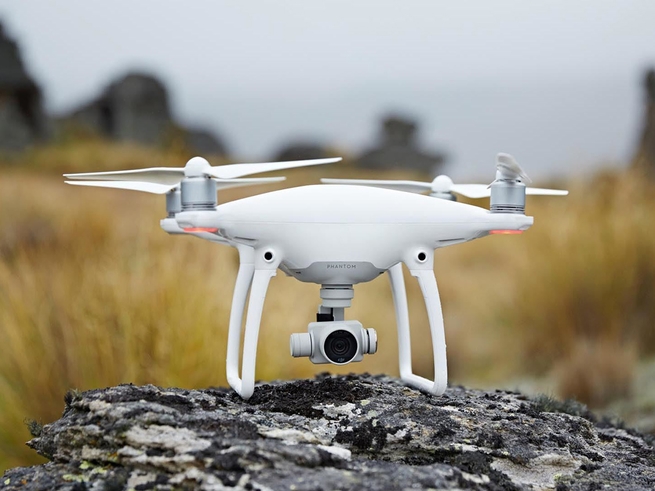
The cameras on drones are already good. But there is a need for more precise shots, and higher bandwidth feeds. Construction companies, for instance, need tools that they can operate remotely to inspect dangerous building sites.
The drive for better cameras will probably take a long time, but it will happen. Firms will start using the camera technology developed by the smartphone industry to enhance their devices. And when they do, everyone will be a lot better off.
Governments May Also Play A Role

Governments are using drones. And, they’re massively increasing the demand for these bots across the world. These devices are their eyes in the sky – a tool that they can use to check out what’s going on in a particular location at a moment’s notice. They will likely become significant sources of revenue for the industry in the future. It could help to reduce crime.
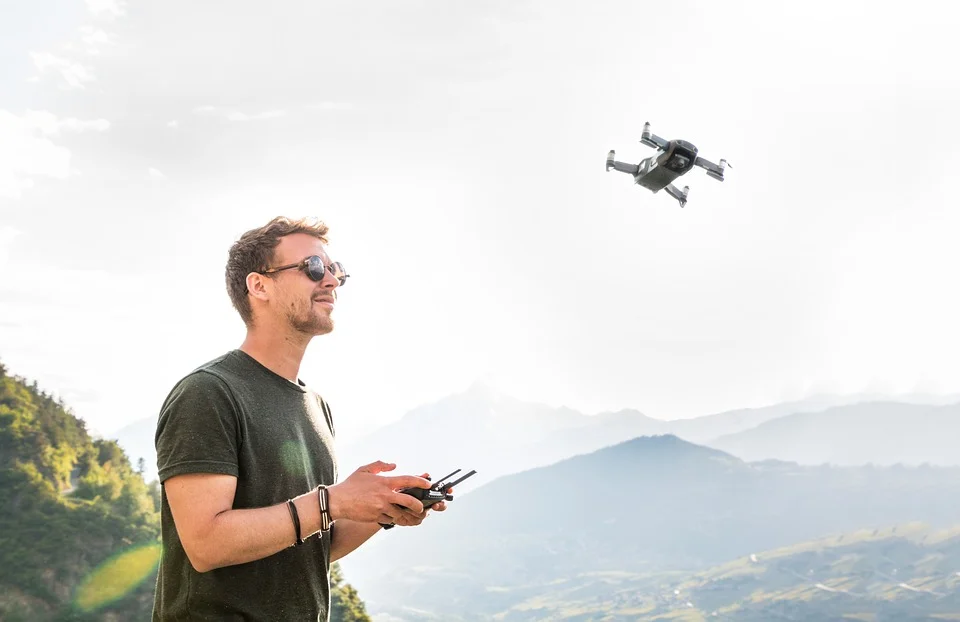
Overall, then, it is good news for geeks. We’re in the midst of a secular trend of rising business involvement in the drone market. And that bodes well for anyone who wants to see the technology move forward. Drones can change the world.




